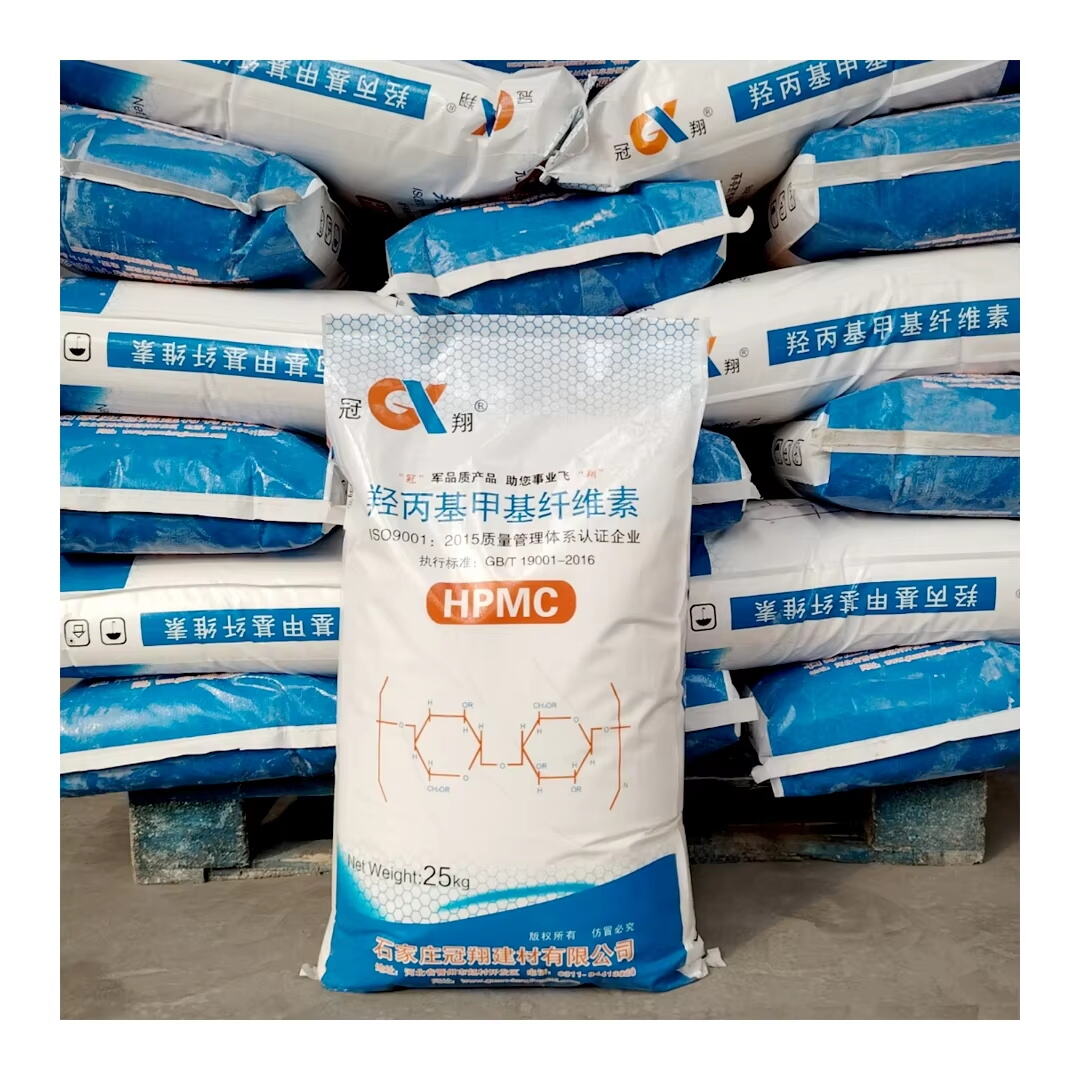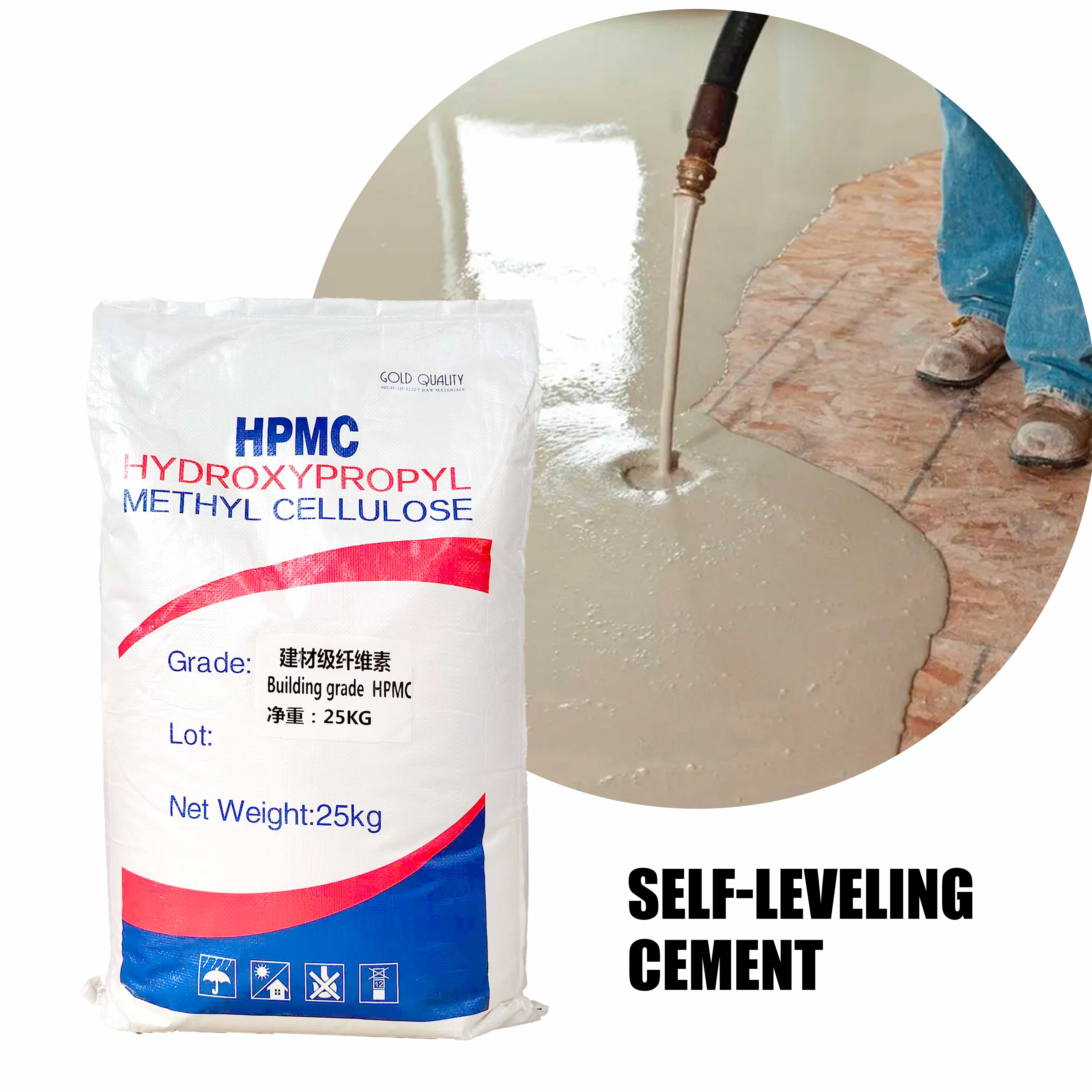현대 타일 작업을 위한 견고한 접착력
Hpmc 타일 접착제 습기와 온도 변화가 큰 환경에서 신뢰성을 요구하는 시공자들에게 실용적인 선택이 되었습니다. 기존 모르타르는 욕실의 증기, 주방의 물튀김, 또는 실외 테라스의 직사광선에 노출된 경우 손상될 수 있습니다. HPMC 타일 접착제는 향상된 수분 보유력, 조절된 경화 속도, 탄력 있는 경화 구조를 결합하여 이러한 스트레스에 저항합니다. 이 접착제는 환경 조건이 변하더라도 바닥, 벽, 외벽에 타일이 붙어 있도록 하여 구조적 무결성을 유지합니다. 시공자들은 HPMC 타일 접착제가 사후 점검 회수를 줄여주고, 설치 속도를 높이며, 장기간의 환경 변화에도 견디는 마감면을 제공한다는 점을 높이 평가합니다.
성능 특성
수분 보유 메커니즘
기술적 우수성의 핵심은 Hpmc 타일 접착제 모르타르층 내부에 수분을 유지할 수 있는 능력입니다. 하이드록시프로필메틸셀룰로오스(HPMC)는 수분 보유제 역할을 하여 증발 속도를 늦추고 시멘트 성분이 충분히 수화될 수 있도록 합니다. 완전한 수화는 타일과 기재를 불완전하게 경화된 혼합물보다 보다 효과적으로 결합하는 조밀한 미세구조를 생성합니다. 실제적으로 이는 타일링 면 전체에 걸쳐 공극이 적고 접착력이 우수하다는 것을 의미합니다. 사용 중에 수분이 존재하는 환경에서는 HPMC 타일 접착제가 접착층을 약화시키는 급속한 수분의 침투를 허용하지 않고 접착 성능을 유지하는 데 도움을 줍니다.
열 안정성 및 유연성
타일과 기재는 온도 변화에 따라 팽창과 수축을 반복하며, 취성적인 접착제는 그라우트 균열, 타일 이완 또는 박리 현상을 유발할 수 있습니다. HPMC 타일 접착제는 강력한 접착 성능을 유지하면서 일정한 유연성을 제공합니다. 이러한 유연성은 타일 표면에 손상이 가는 응력을 전달하지 않으면서 치수 변화에 대응할 수 있게 해줍니다. 외부 벽면, 햇빛에 노출된 테라스 및 복사 난방이 설치된 바닥에서는 HPMC 타일 접착제의 접착 강도와 변위 허용 능력이 결합되어 시간이 경과함에 따른 열 관련 손상 위험을 크게 줄여줍니다.
응용 장점
작업성 및 연장된 개방 시간
HPMC 타일 접착제는 크림 같은 형태와 스퍼에 적합한 점성을 제공함으로써 현장 작업성을 개선시키며 개방 시간도 연장됩니다. 연장된 개방 시간이 시공자에게 의미하는 바는 무엇일까요? 이는 타일의 위치를 조정하거나 대형 포맷 제품을 정렬 및 간격을 교정하더라도 접착력이 감소하지 않기 때문에 보다 많은 보정 기회를 가질 수 있다는 것을 의미합니다. 시공자는 까다로운 작업 조건 하에서도 정밀한 타일 배치가 가능하며, HPMC 타일 접착제는 중요한 조정 시간 내내 접착력과 성능을 유지합니다. 그 결과 접착제가 경화되기 시작한 후에도 마감이 깔끔해지고 보완 작업의 빈도가 줄어듭니다.
시공 효율성과 폐기물 감소
HPMC 타일 접착제는 골고루 퍼지고 빠른 피막 형성을 방지하기 때문에 작업자들은 더 적은 횟수로 전체 면적에 접착제를 도포할 수 있고, 자재 낭비도 줄일 수 있습니다. 골고루 도포하면 빈 공간이 줄어들고 타일과 기초 사이의 하중 전달이 효과적으로 이루어집니다. HPMC 타일 접착제의 높은 효율성 덕분에 얇은 부분을 보완하거나 타일을 다시 제거하고 다시 설치하는 추가 작업이 줄어들어 시간과 자재를 절약할 수 있습니다.
타일 종류 전반에 걸친 적합성
대형 포셀린 타일 및 중량이 큰 패널
대형 포셀린 타일과 무거운 석재는 크기와 무게, 그리고 완전한 접착이 필요하기 때문에 이에 견줄 수 있는 접착제가 요구됩니다. HPMC 타일 접착제는 벽면에서의 접착제 처짐을 줄이고 바닥에 완전한 접촉을 보장함으로써 이러한 요구사항을 충족합니다. 무게가 나가는 패널의 경우, 시공자는 적절한 톨로 크기와 백버터링 기법과 함께 HPMC 타일 접착제를 사용하여 균일한 접착을 확보하고 큰 유닛 아래의 틈을 제거합니다.
천연 석재 및 민감한 소재
천연 석재 및 민감한 타일 표면은 오랜 시간 동안 성능을 유지하면서 얼룩이나 과도한 응력을 유발하지 않는 접착제가 필요합니다. HPMC 타일 접착제는 균일하게 수화되며 설치자가 배치 및 압력을 조절할 수 있도록 하면서 강력한 계면을 형성합니다. 이러한 호환성 덕분에 HPMC 타일 접착제는 외관과 수축/팽창에 대한 우려가 큰 경우에도 대리석, 화강암 및 세라믹 타일에 적합합니다.
도전적인 환경에서의 내구성
습기 및 고습도 지역에서의 저항성
욕실, 샤워실, 수영장 주변, 상업용 주방은 끊임없이 습기와 물방울에 노출됩니다. HPMC 타일 접착제는 접착층 내부의 수분 이동을 줄여주며 일반 모르타르가 성능이 저하될 수 있는 환경에서도 접착력을 유지합니다. 시간이 지남에 따라 이러한 수분 저항성은 곰팡이 발생 위험을 줄이고, 박리 현상이 적으며, 타일로 마감된 습식 공간의 수명이 크게 향상됩니다.
동결-해동 및 열 사이클에서의 성능
얼음이 얼고 녹는 기후에서의 외부 시공은 접착제 선택에 영향을 미칩니다. HPMC 타일 접착제는 동결융해 사이클과 반복적인 가열 후에도 응집력을 유지하여 계절적 극한 기후에 노출된 발코니, 테라스 및 외벽에 적합한 선택입니다. 접착제의 균형 잡힌 유연성은 미세 균열을 방지하고 온도 변화가 있을 때도 접착력을 유지합니다.
설치 최선 사례
기재 준비 및 프라이밍
가장 우수한 접착제라도 오염되거나 불안정한 기재에는 제 성능을 발휘하지 못합니다. 깨끗하고 안정적이며 적절히 준비된 표면은 HPMC 타일 접착제의 예상 성능을 보장합니다. 다공성 또는 약한 기재에는 권장 프라이머를 사용하고, 수평 조정이 필요한 경우 타일링 전 적절한 자평탄화 화합물을 사용하십시오. 시공자가 기재 가이드라인을 준수할 경우 HPMC 타일 접착제는 일관된 장기적인 접착력을 제공합니다.
권장 타일러 크기 및 시공 기술
올바른 흙손 이빨 모양을 선택하는 것은 완전한 접착 면적 확보와 공극 발생 방지를 위해 중요합니다. 작은 타일의 경우 작은 이빨로도 충분한 접촉이 가능하지만, 대형 타일 및 무거운 슬랩에는 더 큰 이빨을 사용하고, 아울러 뒷면에 본드를 도포하여 100% 접촉을 확보하는 것이 좋습니다. 균일한 도포, 단단한 베드와의 접촉, 시공 시 일관된 압력은 HPMC 타일 접착제의 특성과 함께 작용하여 내구성 있는 시공 결과를 보장합니다.

지속 가능성 및 라이프사이클 가치
재시공 감소 및 자재 절감
HPMC 타일 접착제는 시공 실패율과 재시공 필요성을 줄이기 때문에 프로젝트 전반에 걸친 자재 소비량이 감소합니다. 재시공이 줄어들면 내재 에너지 소비와 매립지 폐기물도 감소하게 됩니다. HPMC 타일 접착제를 선택함으로써 건물의 수명 주기 동안 자원을 보다 효율적으로 사용할 수 있습니다.
장기 자산 가치에 기여
습기와 열 순환에 저항하는 타일 마감 표면은 유지 관리가 적게 들고 외관을 오래 유지합니다. HPMC 타일 접착제와 같은 내구성 접착제를 사용하는 건물은 수명 주기 비용이 절감되며 자산 품질에 대한 인지도가 높아지므로, 장기적인 투자 수익률을 중시하는 소유자와 시설 관리자에게 중요한 요소가 됩니다.
자주 묻는 질문
HPMC 타일 접착제의 습윤 지역 적용 적합성
HPMC 타일 접착제는 경화 과정에서 수분을 유지하고 사용 중 습기 проникновение에 저항하여 욕실, 샤워실 및 수영장 주변에서 접착력이 유지되도록 도와주기 때문에 습한 환경에 적합합니다.
온도 변화에 대한 HPMC 타일 접착제의 성능
HPMC 타일 접착제는 타일과 기초재 사이의 응력을 줄이는 유연성과 열 내성을 제공하여 고온 및 저온 환경 모두에서 장기적인 성능을 개선합니다.
HPMC 타일 접착제로 전체 도포를 실현하기 위한 모범 사례
접착력을 극대화하기 위해, 기판이 깨끗하고 필요시 프라이머 처리되어 있는지 확인하고, 타일 크기에 맞는 토웰 노치를 선택하며, 무겁거나 대형 타일의 경우 빈 공간을 방지하기 위해 백버터링을 고려하십시오.
HPMC 타일 접착제 사용의 비용 효율성
최초의 자재 비용이 가장 기본적인 모르타르보다 약간 높을 수 있지만, HPMC 타일 접착제는 작업 재현성을 줄이고 내구성을 증가시키며 유지보수 빈도를 낮추어 장기적으로 비용을 절감할 수 있습니다.
 EN
EN
 AR
AR
 CS
CS
 DA
DA
 NL
NL
 FI
FI
 FR
FR
 DE
DE
 EL
EL
 HI
HI
 IT
IT
 JA
JA
 KO
KO
 NO
NO
 PL
PL
 PT
PT
 RO
RO
 RU
RU
 ES
ES
 SV
SV
 IW
IW
 ID
ID
 SR
SR
 SK
SK
 UK
UK
 VI
VI
 HU
HU
 TH
TH
 TR
TR
 AF
AF
 MS
MS
 CY
CY
 IS
IS
 BN
BN
 LO
LO
 LA
LA
 NE
NE
 MY
MY
 KK
KK
 UZ
UZ


